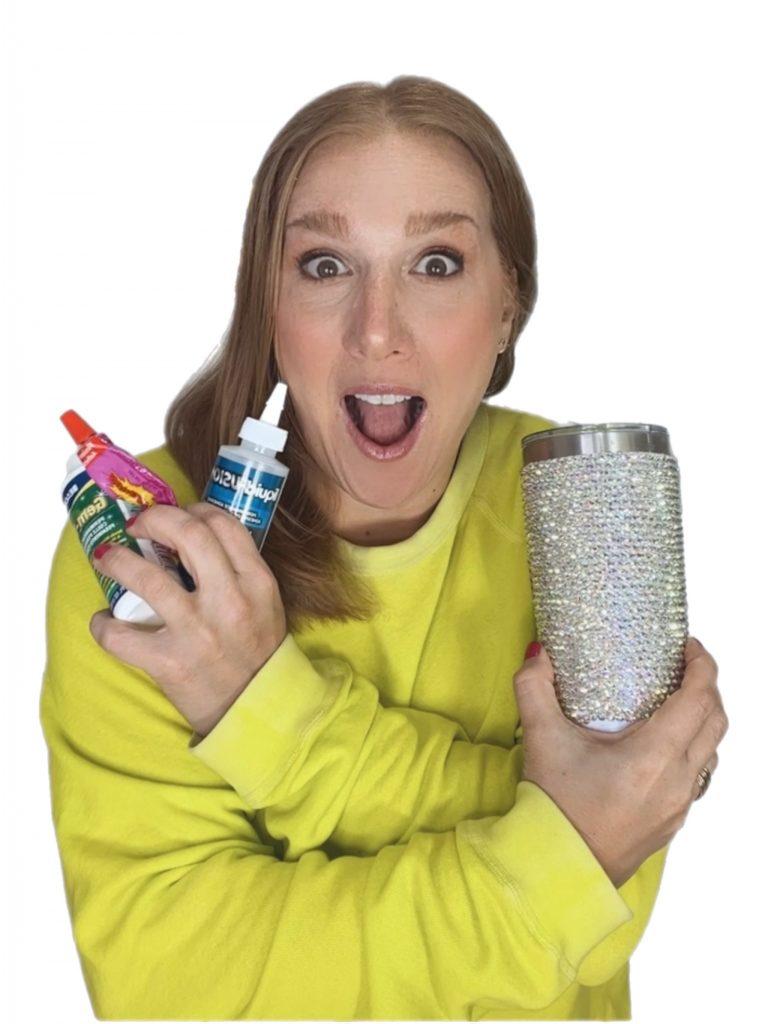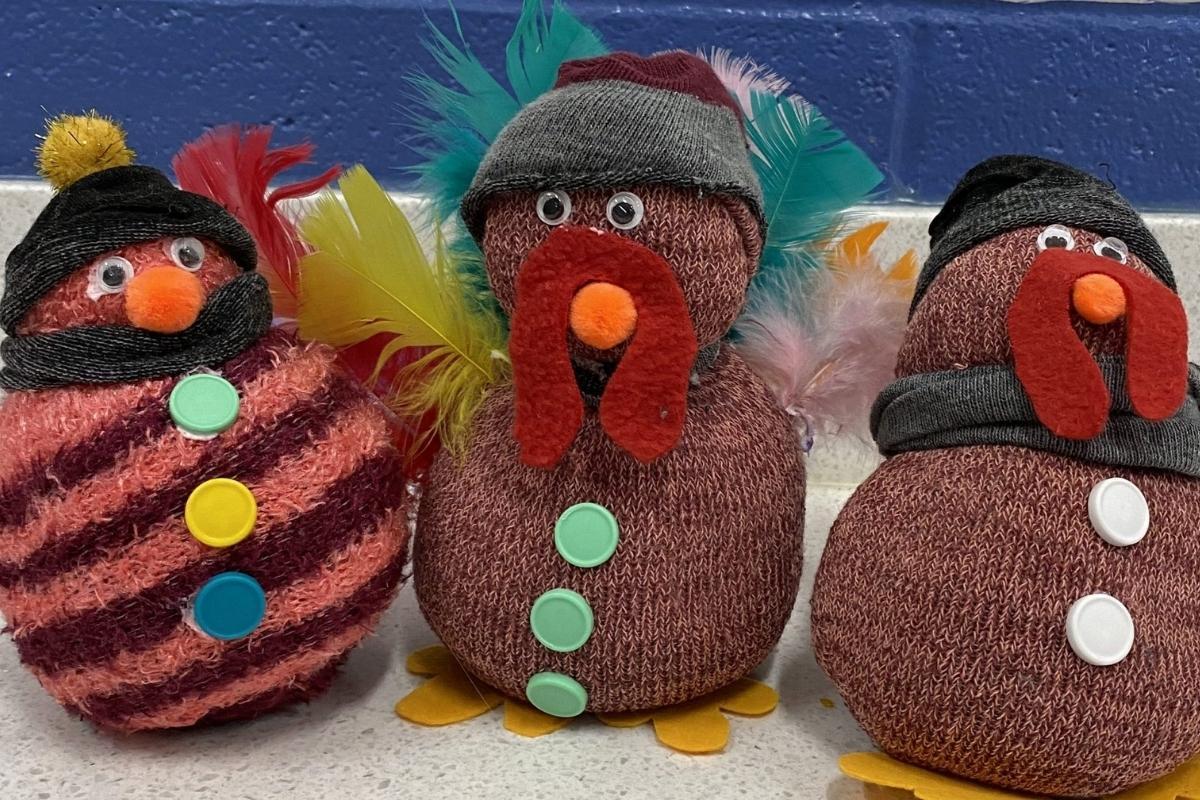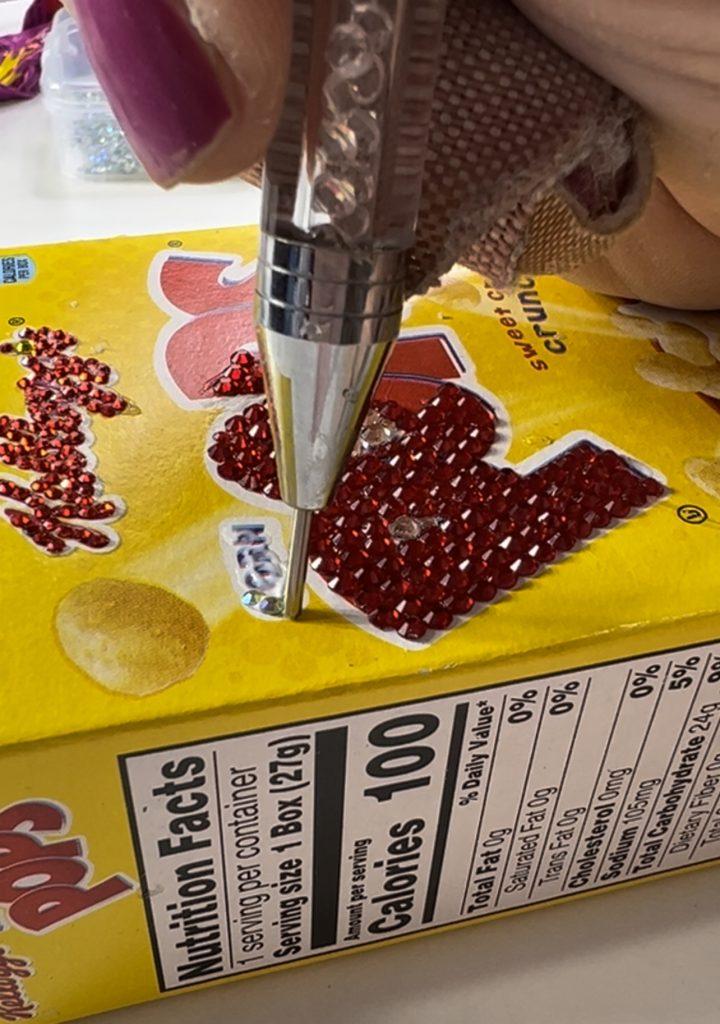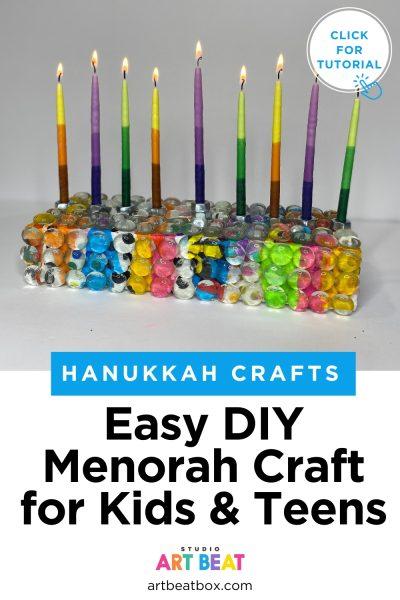Who doesn’t get excited when the leaves begin to change? People travel to areas with beautiful leaves every year to celebrate the changing of the seasons. Leaves are not just ephemeral symbols of seasons changing; they are intricate works of art crafted by nature. How to preserve fall leaves? Preserving their delicate beauty allows us to extend their lifespan beyond their natural cycle. Whether you’re a nature enthusiast, an artist, or simply someone who appreciates the intricate patterns and vibrant colors of leaves, learning how to preserve them can be a rewarding experience. In this guide, we’ll explore various methods to preserve leaves, ensuring their longevity and allowing you to enjoy their beauty for years to come.
Before delving into preservation techniques, it’s essential to understand the anatomy of a leaf. Leaves are comprised of complex structures, including the outer cuticle, epidermis, mesophyll, veins, and stomata. Each component plays a role in the leaf’s function and appearance. When preserving leaves, it’s crucial to maintain their structural integrity while preventing decay. Preserve Fall Leaves, Once leaves are dry, they become more brittle. Leaf preservation is a fun activity to do with kids and a great way to learn and study the different kinds of leaves at any time of the year.
What kind of leaves can you preserve?
Not all leaves are suitable for preservation. Select leaves that are freshly fallen, undamaged, and free from blemishes or discoloration. Opt for leaves with vibrant colors and interesting shapes, as these will yield the most visually appealing results.
![Vibrant fall leaves are perfect to preserve]](https://artbeatbox.com/wp-content/uploads/2024/04/1-How-to-Preserve-Fall-Leaves-The-10-Best-Methods-1024x683.jpg)
6 different ways to preserve Fall leaves: step-by-step instructions
1. Pressing Method
One of the oldest and simplest methods of leaf preservation is pressing. To press leaves, place them between sheets of absorbent paper, such as blotting paper or newspaper. Arrange the leaves in a single layer, ensuring they do not overlap. Place heavy books or a flower press on top of the paper to apply pressure. Leave the leaves under a heavy book to press for several weeks, periodically checking for dryness. Once dried, carefully remove the leaves from the paper, taking care not to damage them. Pressed leaves can be framed, used for crafts, or incorporated into artwork.
2. Laminating
Laminating leaves is an effective way to preserve their natural beauty while protecting them from damage. To laminate leaves, place them between sheets of laminating film or transparent contact paper. Ensure the leaves are arranged as desired before sealing them within the laminate. Use a laminating machine or apply heat with an iron to seal the edges of the laminate. Laminated leaves can be used for decorative purposes, bookmarks, or incorporated into greeting cards.
3. Glycerin Soaking
Glycerin soaking or a glycerin bath is a preservation method that maintains the flexibility and natural color of leaves. To preserve leaves with glycerin, create a mixture of one part glycerin to two parts water. Submerge the leaves in the glycerin solution and place a weight on top to keep them submerged. Leave the leaves to soak for several days to several weeks, depending on their size and thickness. Glycerin replaces the water in the leaves, preserving their structure and preventing decay. Once preserved, remove the leaves from the solution and gently pat them dry. Glycerin-preserved leaves can be used in floral arrangements, wreaths, or as decorative accents.
4. Wax Paper Method
Using wax paper is a method that has been used forever. I remember doing this in my science class and then making nature journals. This is an easy option when working with kids or with drier leaves. Grab a piece of wax paper. Add some fresh green leaves onto the wax paper and add another piece of wax paper. Place the wax paper sandwich between two pieces of a brown paper bag or construction paper. Use an iron to seal the two pieces of wax paper together.
Be careful not to burn. This is a great way to preserve leaves when you have less time. It will preserve the leaves’ colors but will not keep the leaves looking as fresh as if you’d used the silica method.
5. Wax Dipping
Wax dipping is a method of leaf preservation that creates a protective coating around the leaf, sealing in its natural beauty. To preserve leaves with wax dipping, melt paraffin wax or beeswax in a double boiler. Once melted, carefully dip the leaves into the wax, ensuring they are fully coated. Remove the leaves from the wax and allow them to cool and harden on wax paper. Wax-dipped leaves are durable and can be used for various crafts, such as making ornaments or garlands.
6. Silica Gel Drying
Silica gel drying is a method of preservation that removes moisture from leaves while maintaining their shape and color. I’m sure you’ve seen the little silica packets that often come in boxes of shoes. To dry leaves with silica gel, bury them in a container filled with silica gel crystals. Ensure the leaves are fully submerged in the silica gel, then seal the container with an airtight lid.
Leave the leaves to dry for several days to a week, depending on their size and thickness. Once dried, carefully remove the leaves from the silica gel and brush off any excess crystals. Silica gel-dried leaves are fragile but retain their natural appearance and can be used in various crafts and displays. I love the silica gel made by Activa
7. Resin
To preserve leaves in resin, you must first make sure they are completely dry. An easy way to do this is to use silica gel. Leaf pressing will preserve the leaves but not the color. When working with resin, there mustn’t be too much moisture on the leaves so make sure they are completely dry before using resin.
8. Varnish
You can add a layer of varnish to the leaves. Be sure to add several coats and let dry. Once dry, add coats to the other side. Varnish will preserve leaves for a while, but they will not last forever.
9. Mod Podge
This is a great option when working with kids if you do not want to use anything toxic. Mod Podge is a good way to preserve leaves and incorporate them into a collage. Mod Podge preserves leaves nicely, but it will not be completely permanent.
10. Rubbings
If all else fails and you don’t have the time or resources for the methods above, consider doing crayon rubbings. Place a leaf onto a piece of paper, vein side up. Next, add an additional piece of paper and rub the side of a crayon or pencil onto the paper. The veins of the leaves will show through. Who hasn’t tried this at least once in their lives?!
What can you do with the leaf crafts?
For the leaves that have been pressed or dried, you can apply Mod Podge, white glue, or PVA glue and water to make crafts. Some ideas are a nature journal, a collage, greeting cards, etc. If you don’t feel like you have quite the bright yellows you’d hoped for, you can always apply acrylic paint. Be sure to have paper towels and some sheets of wax paper for them to dry.
Preserving leaves allows us to capture the fleeting beauty of nature and enjoy it for years to come. Whether through pressing, laminating, glycerin soaking, wax dipping, or silica gel drying, there are numerous methods to preserve leaves, each offering unique benefits and outcomes. By choosing the right preservation method and handling leaves with care, you can create stunning displays, artwork, and crafts that celebrate the intricate wonders of the natural world.
So next time you take a stroll through the autumn woods or admire the foliage in your garden, consider preserving a few leaves to cherish and enjoy long after the season has passed. If you do not have success when preserving leaves, you might want to consider just purchasing artificial leaves.
These are the most common methods for leave preservation because they have the best results. However, if you are committed to capturing the autumn leaves, try all of the different methods to see which one you like best! Do you have a better way that I don’t know about? Please let me know! I love learning new techniques!












